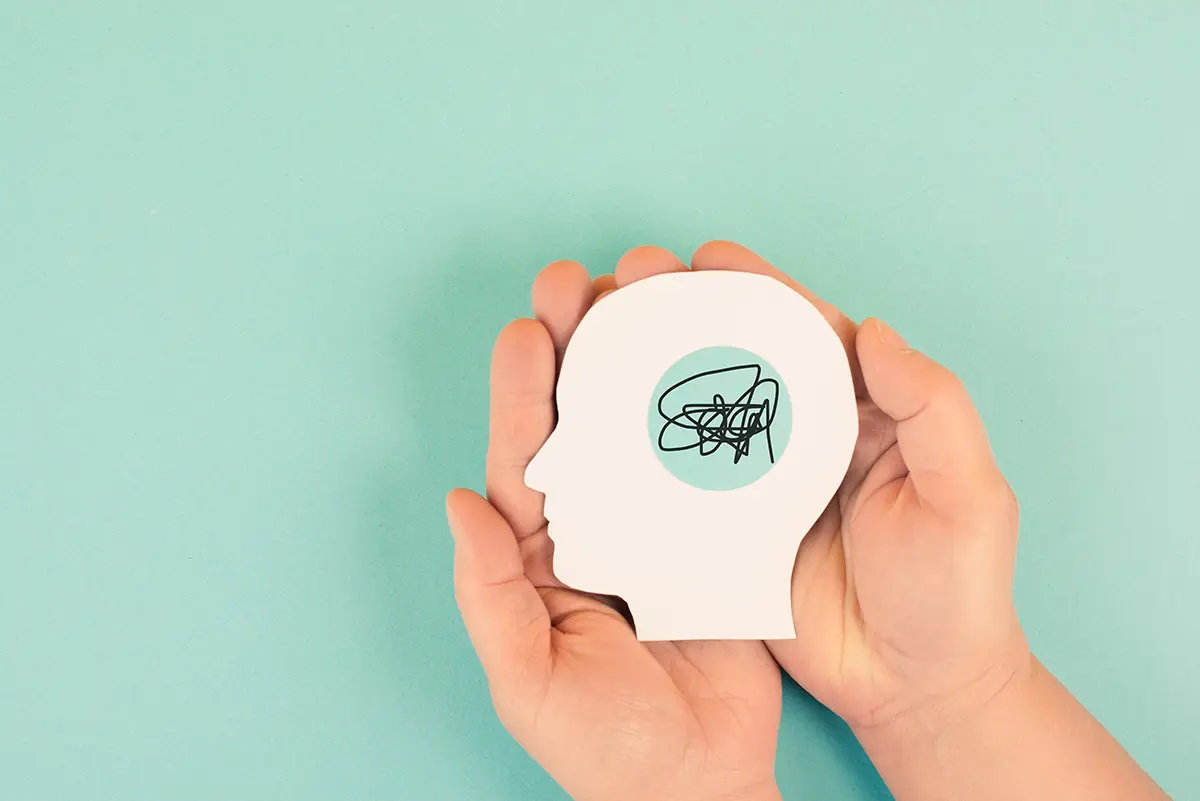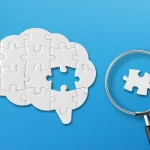
How the ADHD Brain Works
Explore the ADHD mind: a tapestry woven of dynamic neurotransmitters and intricate neural structures. Discover the science behind ADHD’s challenges and the hidden strengths within its unique thinking patterns.


ADHD burnout refers to a state of intense mental and emotional fatigue that arises when the demands of daily life outpace an individual’s capacity to cope. It often develops after prolonged periods of pushing through tasks, masking symptoms, or managing overstimulation.
Unlike typical exhaustion, ADHD burnout can feel all-encompassing, affecting motivation, focus, and emotional regulation. Many people describe cycles of intense productivity (often fuelled by hyperfocus) followed by deep fatigue and disengagement. This fluctuation makes it hard to maintain consistency at work, school, or home.
Early support can make a difference. Booking an ADHD assessment may help clarify whether ADHD-related patterns are contributing to these experiences and guide appropriate treatment options.

The experience of burnout in ADHD is shaped by several overlapping factors:
Burnout may manifest as:
Identifying ADHD burnout can be challenging, especially when symptoms overlap with ADHD itself or other conditions such as anxiety or depression. However, some indicators that may signal burnout include:
If you’re noticing these signs consistently, consider discussing them with a telehealth psychiatrist, who can help determine whether burnout, ADHD, or another factor may be contributing.
Recovering from ADHD burnout requires both rest and gentle rebalancing of expectations. While each person’s experience is unique, the following strategies may support healing:
To explore professional guidance and treatment options, learn more about ADHD treatment pathways.
ADHD burnout is more than tiredness, it reflects the ongoing effort to function in a world not designed for neurodiverse minds. Recognising the signs early and approaching recovery with compassion can help restore balance and wellbeing.
With the right support and strategies, it’s possible to move beyond burnout and create a more sustainable rhythm for living with ADHD.
Learn more about ADHD in women and adults to understand how different presentations may shape burnout and recovery.

Explore the ADHD mind: a tapestry woven of dynamic neurotransmitters and intricate neural structures. Discover the science behind ADHD’s challenges and the hidden strengths within its unique thinking patterns.

This insightful guide delves into effective strategies ranging from professional guidance, medication, and therapy to lifestyle adjustments and workplace tips. Discover how adults with ADHD can navigate their unique challenges.

Learn how this convenient and effective approach brings expert psychiatric care to your doorstep, making the diagnosis and management of ADHD more accessible than ever.


Disclaimer: Please be advised that this online ADHD screening test is designed for informational purposes only and is not intended to diagnose or treat any medical or psychological condition. The results should not be considered as a definitive diagnosis of ADHD or any related disorders. Only a qualified healthcare professional, such as a psychiatrist or psychologist, can provide an accurate diagnosis based on a comprehensive evaluation.